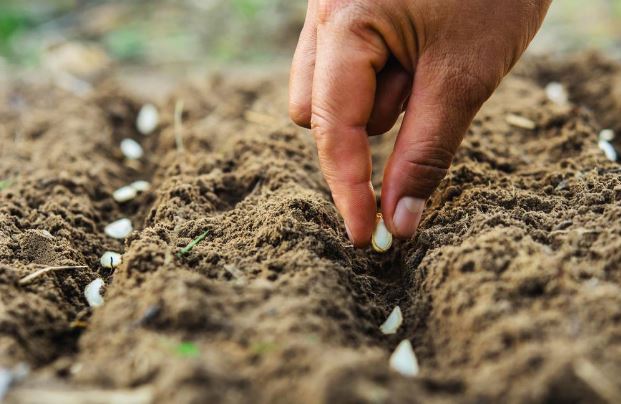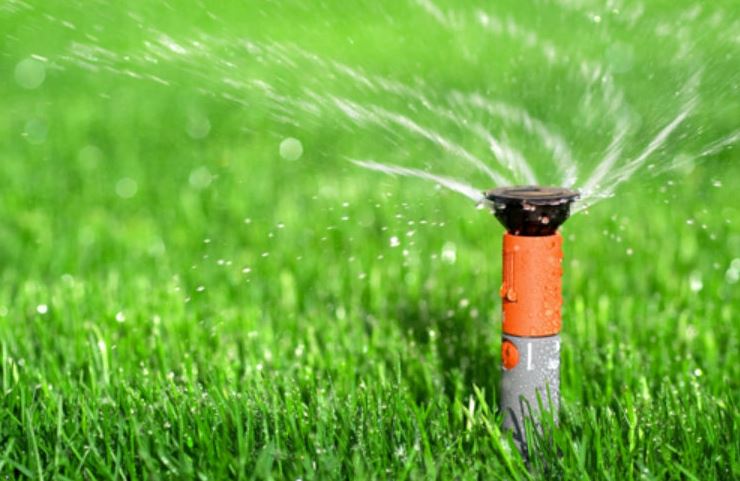Keeping your garden and lawn fresh, green, and healthy all year round is the pursuit of every avid gardener. Part of keeping your garden healthy is ensuring that you have the right irrigation system installed. Water is so vital in garden health, which is why paying attention to exactly what kind of irrigation you need is important.
A well-planned irrigation system not only keeps your garden looking pristine but can also save you precious water, time, and effort. Today we have a look at some of the most common irrigation systems used by gardeners all over the world so that you can choose the one that best suits your needs. Read on to find out more!
Garden Irrigation:
Efficient watering is one of the main challenges faced by garden owners. Getting the right amount of water for each plant is possible by choosing the right irrigation system. some irrigations are more efficient than others. Need to ask the following questions before choosing the irrigation system for your garden.
- What are the watering needs for different plants? different plants have different watering needs. So, choose accordingly.
- How does climate affect watering? because a hot climate needs more water.
- How much rainfall can you expect this year? Because rainfall is the best way to save water. You will require a small amount of water if the rainfall continues all over the year.
These three questions are important to ask yourself before choosing the irrigation system.
By asking the above questions to yourself, choose the right irrigation system in the following method.
How to Choose the Right Irrigation System For Your Garden
1. Spray Irrigation
Spray irrigation, also commonly just referred to as a sprinkler system, is by far one of the most popular irrigation systems used by gardeners all over the world. It is best used for large lawn spaces that require good dispersal of water. By mimicking the effect of rain, spray irrigation systems allow water to slowly seep into the grass, making it an ideal system for anyone who has a large area of space to cover.
Popup sprinkler heads are the most commonly used spray irrigation methods and should be spaced far enough apart in order to avoid wasting water or over-watering your lawn. This irrigation method is also best suited to be used in the morning or before/after the afternoon sun hits to prevent water from evaporating too quickly. Do take note that, if you’re situated in an area that experiences a lot of wind, this may not be the ideal option for you as strong winds have the tendency to blow the water away before it has the chance to soak into your lawn.
2. Drip Irrigation
Drip irrigation is also another highly popular irrigation system that is popular with many. This system tends to be the most water-efficient of the lot as drip tubes distribute water directly into the roots of your plants and lawn, minimizing chances of evaporation and thus saving you plenty of water that would otherwise be wasted.
Drip irrigation is the best choice if you have shrubs, vegetable gardens, or flower beds as they offer a slow and steady stream of water throughout the day. Drip irrigation comes in the form of perforated pipes that are installed just below the surface and you should ensure that your system works effectively by purchasing the right filters and pressure reducers for your pipes.
3. Micro Irrigation
If you have a very small garden or are looking to individually water certain bits of your garden, then micro irrigation systems may be the best option for you. Using microtubes and sprays, you’ll be able to water areas of the garden that regular pop-up sprinklers may be too big for.
Micro-irrigation systems are also highly discreet and the best option for anyone who is looking for a concealable watering system that doesn’t take away from the overall aesthetic of your garden. Micro-irrigation is the ideal choice for pot plants and is a fantastic option for those who are looking to conserve as much water as possible.

4. Hose End Watering
Last but not least, let’s have a look at hose end watering. Hose end watering systems utilize soaker hoses which are similar to drip irrigation systems sans the automation. Soaker hoses are operated manually and require you to hand-water your plants. They are often connected to a water supply such as a garden hose and are a common option for flower beds and shrubs. One of the benefits of hose-end watering is the control it offers a gardener in terms of when and how your garden is watered.
Soaker hoses can also be moved around the garden so that you can cover various patches with ease. One of the downsides, however, is that water leaks out of the smaller perforations in the pipe which ends up in a significant amount of water being wasted over time.
Summary:
Depending on the type of garden and plants you are growing, the perfect irrigation system differs from individual to individual. We hope that this article has given you some insight into the various irrigation systems that exist and has helped you make the decision on which one will be the best for your garden.



